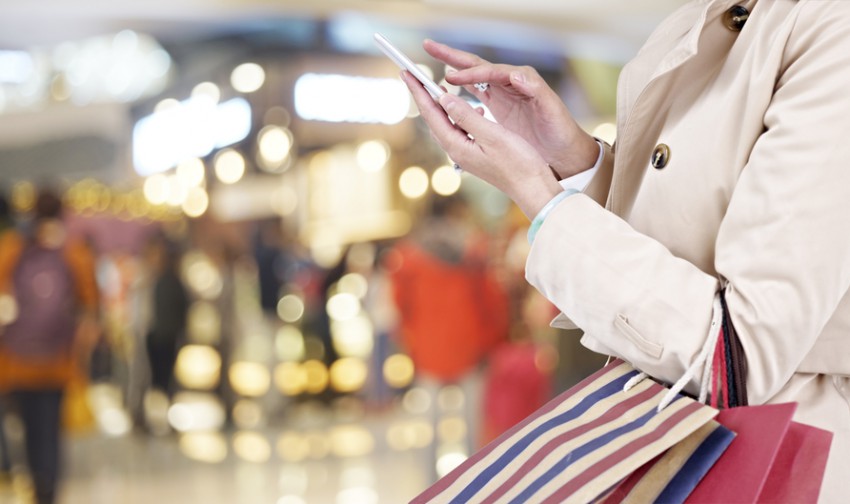
The holiday season is upon us; it started on Thanksgiving Day and will continue in leaps and bounds until Christmas and New Year’s Eve. Recent years have seen major changes in shopping habits; like the rise of mobile shopping, and the earlier start of the shopping season, to name a few. So, in order to give the right perspective concerning the use of mobile apps in shopping, here are a few statistics:
- Retail e-commerce has been rising steadily in the last few years; from a worldwide volume of $1.3 trillion in 2014, through (estimated) $2.8 trillion in 2018, up to (projected) $4.88 trillion in 2021.
- It has been growing not just in numbers, but in percentage – from a 7.4% share of total global retail sales in 2015, through 12% share in 2018 up to 17.5% share in 2021.
- Mobile devices accounted for 52.4% (more than half) of worldwide e-commerce in 2016, 63% in 2018, and are projected to reach 73% in 2021. E-commerce growth, therefore, is primarily driven by shopping with mobile devices, i.e. phones and tablets.
This means that retailers who are not ready for mobile shopping will miss out on a very big chunk of sales, especially during the holidays.
So, how to prepare for the holiday peak season?
-
Tackling user behavior:
Mobile users act differently than desktop/laptop users. They are connected 24/7, and use it whenever they have free time, in short and intensive bursts of activity. They appreciate speed and performance, and are more likely to quit your site if they do not receive immediate response.
In order to avoid users’ frustration, it is necessary to monitor their behavior constantly, so as to address any problem in real time: identify roadblocks and bottlenecks that influence buying patterns, identify the exact point where the users quit, etc.
-
Tackling technical issues:
Mobile devices come in many shapes and versions. There are dozens of different operating systems installed on a multitude of devices. Each device has its own unique specifications like storage and memory, power, connectivity, screen size, etc. Some are due to model variance, some to localization issues. Being aware of this fact might help to build localized optimized versions of your app so as to facilitate access; especially now that the shopping season has gone global.
The main benefit of mobile shopping is convenience. So a very important part of the shopper’s experience should be a positive check-out experience. By definition, this feature should be designed for people “on the go” so that the whole experience will be seamless from start to finish. This might be the difference between the occasional shopper and the loyal customer.
* Read more about the differences between Android & iPhone users>>
-
Provide information:
Mobile devices are used in various ways in gift shopping. For example, most people use their smartphones to locate brick & mortar stores, many consumers consult their devices to research products or compare prices even in-store. You have to be able to provide as much information as possible to the customer. Thus you may have provided a positive experience, which could result in returning customers.
Ready to take your holiday sales to the next level? Adding a shopping cart to your mobile app has never been easier. Check out bobile’s mobile shop features and start selling like a pro!
